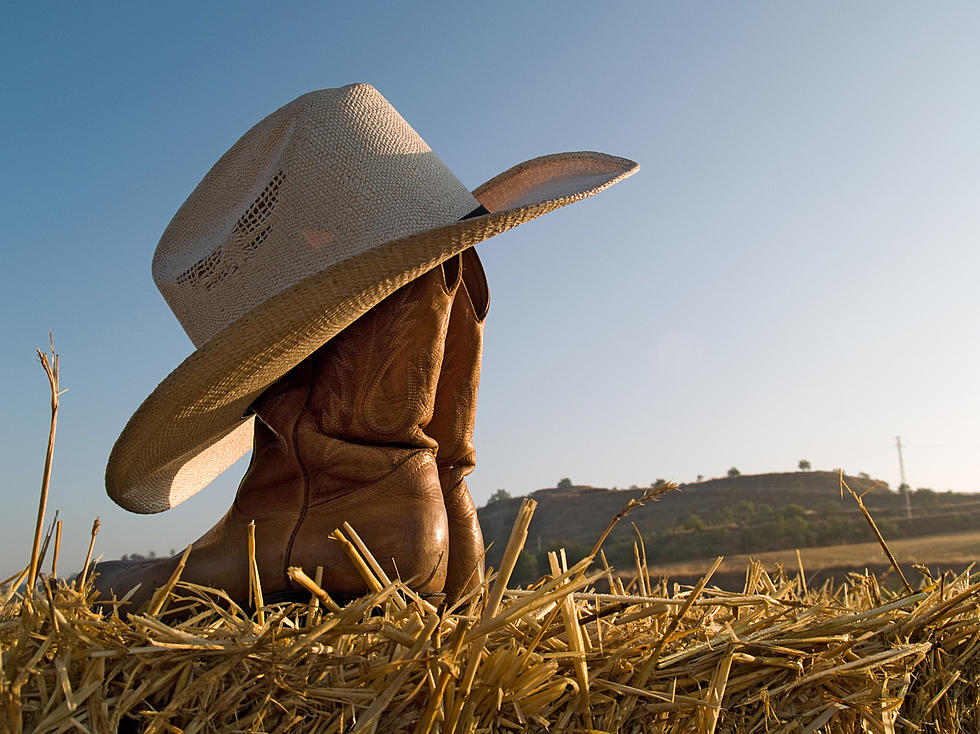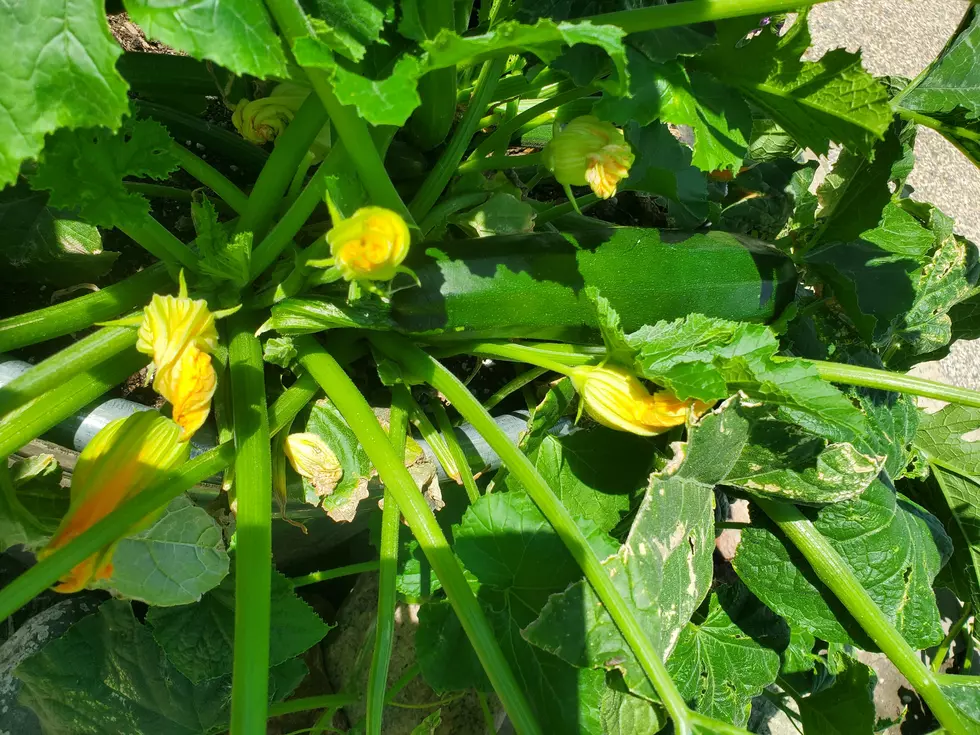
Many North Dakota Farmers Surrender Failing Crops For Hay.
Catastrophic events really seem to be on the rise. I see many people readily lining up to the microphone to get their opportunity to say "I told you so". Well, for the record...we're still not listening- but thanks for trying.
Drought conditions force many North Dakota farmers' wheat and barley to be sold as hay.
Drought is no stranger to the plains. Every time it happens it puts producers in incredibly tough positions. This year the strain has already been felt in the livestock sector with so many producers selling portions of their herd because feed is expensive and hard to come by. It seems one way to get a little relief, would be to conduct emergency haying of lands that are in the federal Conservation Reserve Program or commonly referred to as "CRP". So, we sent State Agriculture Commissioner Doug Goering to go get permission from the feds for our drought stricken producers to get to the CRP before all the nutrients in the forage dry up.
Doug was denied.
YOWTCH! We may have to take that personal! From AP News..
CRP typically doesn’t open until after nesting season ends, to protect wildlife populations. The season in North Dakota ends Aug. 1. Ranchers say that after that day, grass might not be of good enough quality to make it worthwhile to hay.
KX News reports that Commissioner Goering was quite surprised...
“This drought seems to be a little worse in impacting a larger area of North Dakota than previous droughts, and yet, in previous droughts and emergencies, there’s been an allowance.”
Well, that was kind of a dick-move on the part of the Feds. So with CRP not being available for at least a week, where else can somewhat affordable feed-stuff com from?
How about turning failing wheat and barley crops into hay?
With crops all across the plains withering under extreme heat, many farmers have decided to "cut" their losses and convert under performing crops into hay.
How bad is it? According to Bloomberg.com, 15% or more of the spring wheat crop may not make it to harvest. I't be the highest rate of abandonment in decades. So these are hard options facing many producers across the region.
Grains that should be “armpit high” are “boot-high" at best
The United States Department of Agriculture didn't start the drought, but I feel they have some explaining in denying immediate access to CRP lands that would spell some relief for area farmers and ranchers.
Top 10 Foods People of Bisman Hated as Kids... And Still Hate!
ND Museums You May Have Never Heard Of
More From 96.5 The Walleye









